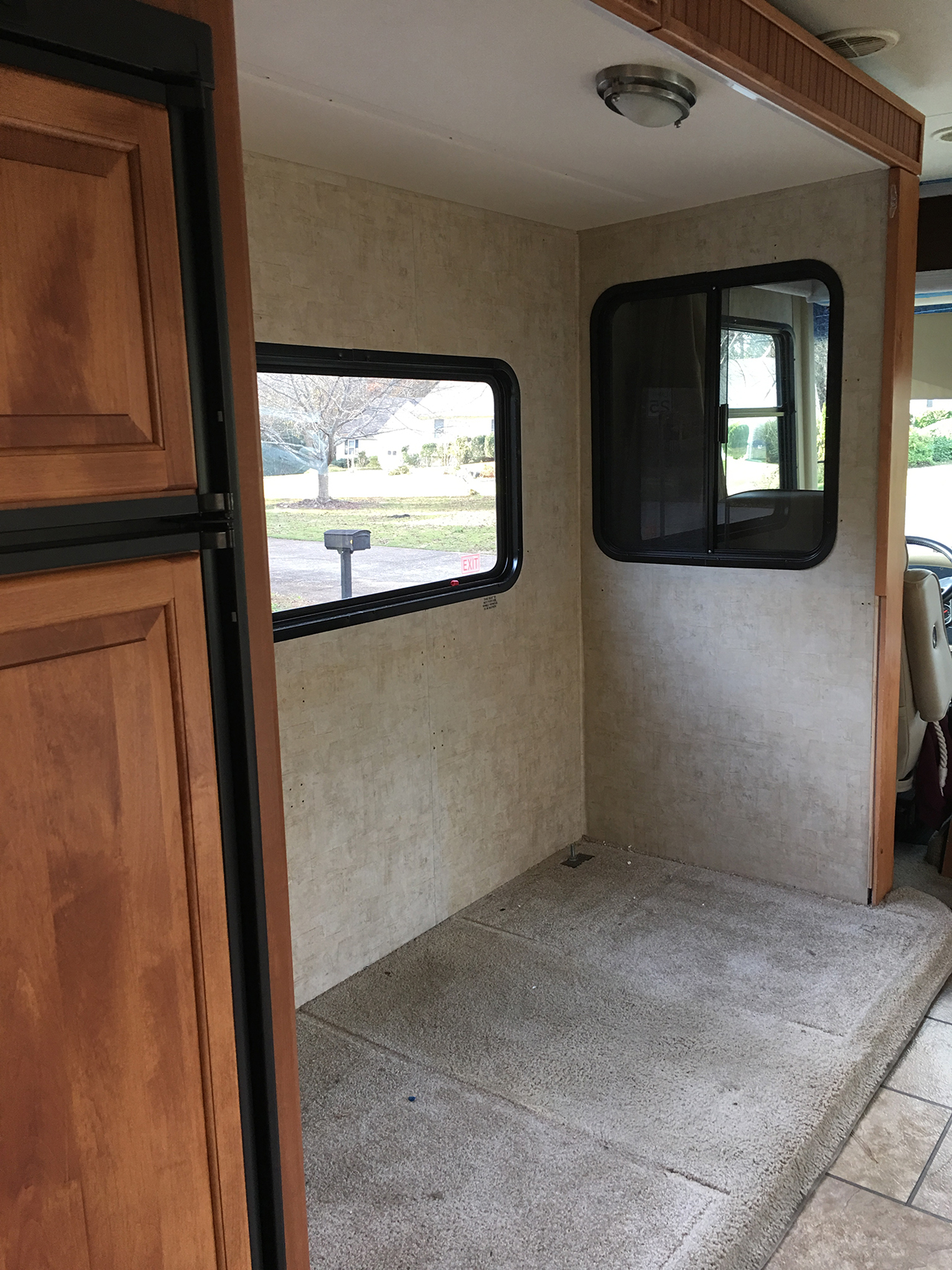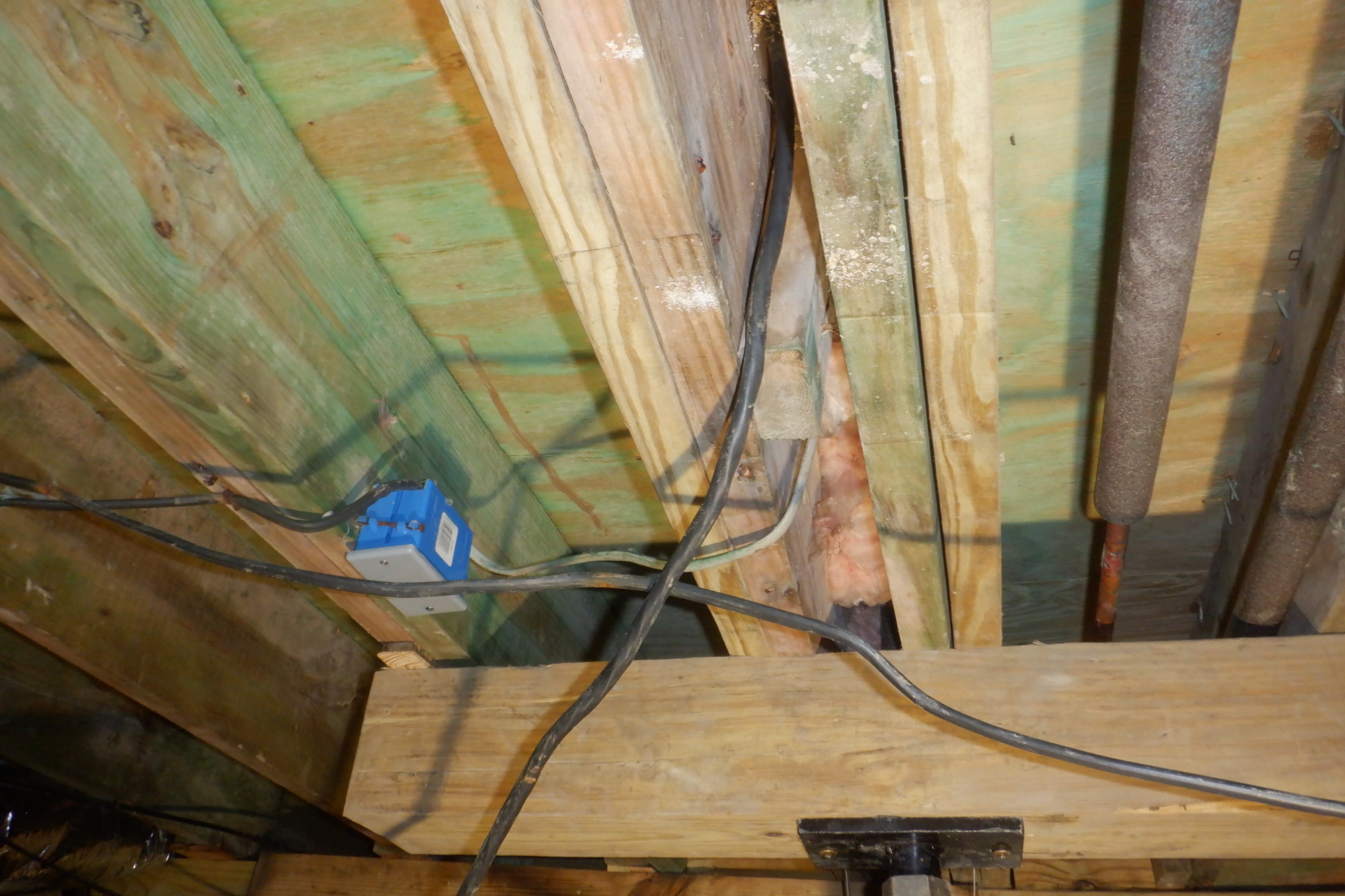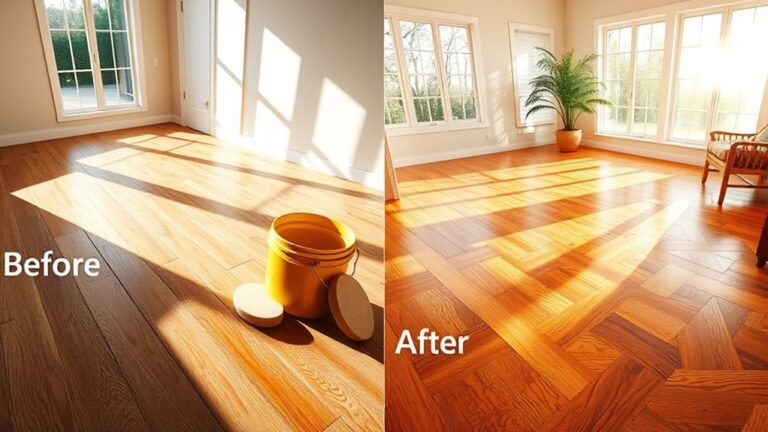To fix a sagging floor in a trailer, reinforce or replace damaged support beams and joists. A sagging floor can be a common issue in trailers, causing instability and potential structural damage.
Fortunately, there are steps you can take to fix this problem. The first step involves identifying and reinforcing or replacing any damaged support beams and joists that may be causing the sag. This may require jacking up the floor to relieve the pressure on the damaged areas and then installing additional support or replacement beams.
It’s important to use high-quality materials and follow proper safety precautions during the repair process. By addressing the underlying cause and taking necessary measures, you can restore the integrity and stability of your trailer’s floor.
Why Is A Sagging Floor In A Trailer A Concern?
- Water damage: Leaks or excessive moisture that cause wood rot can weaken the floor structure.
- Poor construction: Inadequate support beams or weak materials used during trailer construction can lead to sagging floors.
- Excessive weight: Overloading the trailer beyond its weight capacity can cause the floor to sag over time.
- Unsafe living conditions: A sagging floor can affect the stability of the trailer, making it potentially hazardous for occupants.
- Further damage: Ignoring a sagging floor can worsen the problem, leading to more extensive repairs and potentially higher costs.
- Compromised structural integrity: Over time, a neglected sagging floor can weaken the overall structure of the trailer, affecting its resale value and longevity.
Addressing a sagging floor in a trailer is crucial to maintain the structural integrity and safety of the living space. Common causes of sagging floors in trailers include water damage, poor construction, and excessive weight. Ignoring this issue can result in unsafe living conditions, further damage, and compromised structural integrity. It is important to take prompt action to fix the sagging floor to avoid escalated repairs and potential risks.
Assessing The Severity Of The Sagging Floor
Assessing the severity of a sagging floor in a trailer requires careful examination of various indicators. One common sign of a severe sagging floor is noticeable unevenness or dips in the flooring surface. When walking across the floor, it may feel unstable or bounce excessively. Another indicator is the presence of cracks or gaps in the walls, especially near the floor. These signs often indicate that the floor joists or support beams beneath the trailer have weakened or deteriorated.
To accurately assess the severity of the sagging floor, several tools are needed. A level can be used to measure the slope or unevenness of the floor surface. A flashlight can help to illuminate any hidden cracks or gaps. A tape measure can be used to determine the extent of any sagging or dips in the floor. Lastly, a camera or smartphone can be helpful for documenting the condition for further assessment or consultation with a professional.
How To Fix A Sagging Floor In A Trailer: Essential Tips For Structural Stability
Step 1: Identifying the root cause of the sagging floor
The first step in fixing a sagging floor in a trailer is to identify the root cause of the problem. This could be due to water damage, rotting joists, inadequate support, or other structural issues. It is crucial to pinpoint the exact cause in order to develop an effective repair plan.
Step 2: Gathering necessary materials and tools
Once the cause has been determined, gather all the necessary materials and tools required for the job. This may include plywood, joist hangers, screws, a circular saw, a pry bar, a level, and a tape measure.
Step 3: Preparing the trailer for repair
Prepare the trailer for repair by removing any furniture, carpets, or flooring materials that may obstruct the process. Clearing the area will provide easy access to the sagging floor and ensure a smooth repair.
Step 4: Addressing the underlying issue causing the sagging floor
Before fixing the sagging floor, it is important to address the underlying issue causing the problem. This may involve repairing water leaks, reinforcing weakened support beams, or treating any rot that may be present. By addressing the root cause, you can prevent future sagging and ensure long-term structural stability.
Step 5: Repairing or replacing damaged joists or beams
If the sagging floor is due to damaged or rotting joists or beams, it is necessary to repair or replace them. Use the appropriate techniques and materials to reinforce the support system and restore the structural integrity of the trailer’s floor.
Step 6: Strengthening the subfloor
To strengthen the subfloor, add additional support beams or use braces to improve the stability of the floor. This will help distribute the weight evenly and prevent future sagging.
Step 7: Replacing the flooring material
After addressing the structural issues, it may be necessary to replace the flooring material. Choose a durable and water-resistant material that is suitable for a trailer environment. Proper installation is crucial to ensure a level and secure floor.
Step 8: Ensuring long-term structural stability
To ensure long-term structural stability, regularly inspect the trailer for any signs of damage or wear. Address any issues promptly to prevent further sagging or damage to the floor. Additionally, maintain proper ventilation and moisture control inside the trailer to prevent rot or water damage.
By following these essential tips, you can successfully fix a sagging floor in a trailer and restore the structural stability of your living space.
Tips For Preventing Future Floor Sagging In Trailers
Tips for Preventing Future Floor Sagging in Trailers
Regular inspection and maintenance are essential for preventing and addressing floor sagging issues in trailers. By following these tips, you can ensure the longevity and stability of your trailer:
- Inspect your trailer regularly: Conduct regular inspections to identify any signs of floor sagging. Look for cracks, soft spots, or uneven surfaces.
- Address issues promptly: If you notice any floor sagging or weak areas, take immediate action to fix them. Ignoring the problem can lead to further damage and costly repairs.
- Reinforce weak areas: Identify weak areas in the floor and reinforce them with additional support. This can be done by adding extra beams or using stronger materials.
By staying proactive and addressing any floor sagging issues promptly, you can prevent further damage and ensure the safety and durability of your trailer.
Hiring A Professional Versus Diy Repair
Factors to consider when deciding between professional and DIY repair:
When faced with a sagging floor in your trailer, you may find yourself contemplating whether to hire a professional or tackle the repair yourself. Both options have their pros and cons, so it’s crucial to assess the factors before making a decision.
| Hiring a Professional | DIY Repair |
|---|---|
| Pros: | Pros: |
|
|
| Cons: | Cons: |
|
|
Ultimately, the decision between hiring a professional or opting for a DIY repair depends on your budget, time constraints, and comfort level with tackling the task yourself. Consider weighing the pros and cons carefully to determine the best course of action for your situation.

Frequently Asked Questions Of How To Fix A Sagging Floor In A Trailer
What Causes A Floor To Sag In A Mobile Home?
A sagging floor in a mobile home can be caused by various factors such as age, weak support beams, water damage, or improper installation. It is important to address this issue promptly to avoid further damage and ensure the structural integrity of the home.
Can Sagging Floors Be Fixed?
Yes, sagging floors can be fixed. Professional contractors can assess the cause of the sagging and apply the appropriate remedy, such as reinforcing joists, leveling the subfloor, or installing additional support. Seeking professional help is recommended to ensure a safe and long-lasting solution to the problem.
How Do You Fix A Soft Spot In A Trailer Floor?
To fix a soft spot in a trailer floor, you can follow these steps: 1) Identify the soft area by tapping the floor and listening for a hollow sound. 2) Cut out the damaged section using a saw or utility knife.
3) Replace it with a new piece of plywood or particle board. 4) Secure the new piece with screws or nails. 5) Finally, seal the edges with a waterproof sealant to prevent future damage.
What Is The Best Way To Level A Sagging Floor?
To level a sagging floor, it’s best to identify the underlying cause. Address issues like moisture, damaged support beams, or inadequate foundation. A professional can provide an appropriate solution, which may involve installing jacks or beams to support and level the floor.
Conclusion
If you’ve been dealing with a sagging floor in your trailer, don’t panic. By following the steps outlined in this guide, you can restore the structural integrity of your flooring and ensure a safe living environment. From identifying the underlying cause to executing the necessary repairs, this process is straightforward and achievable for both experienced DIY enthusiasts and beginners alike.
Remember to prioritize safety and consult professional help if needed. Your efforts will pay off, providing you with a sturdy and level floor once again.




